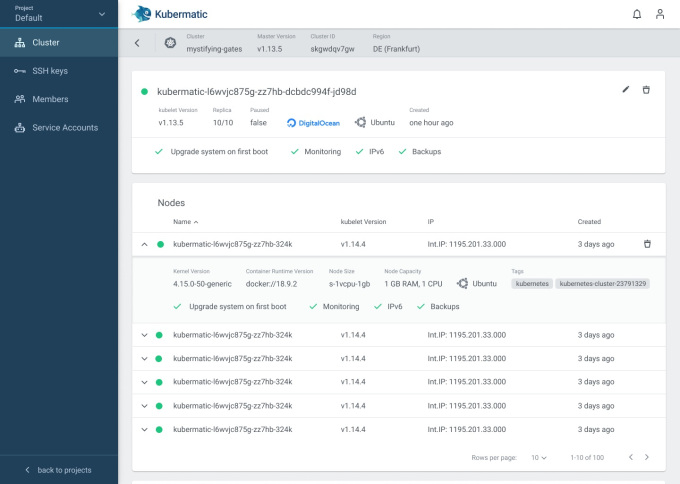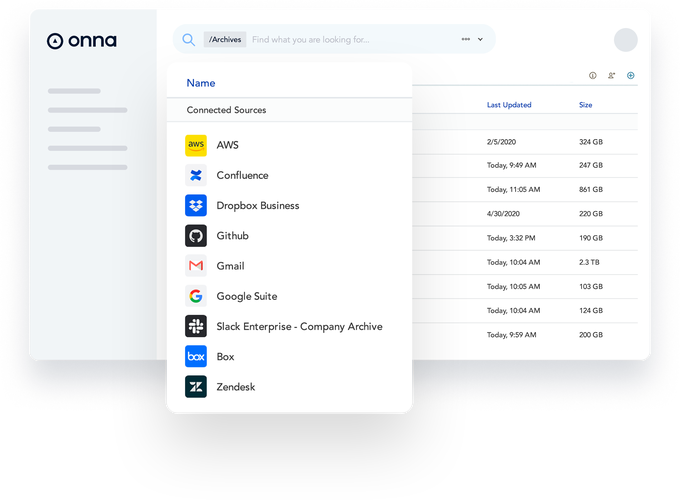13 Boston-focused VCs share the advice they’re giving portfolio companies
TechCrunch is focusing a bit more on the Boston-area startup and venture capital ecosystem lately, which has gone pretty well so far.
In fact, we had originally intended on releasing this regional investor survey as a single piece, but since so many VCs took part, we’re breaking it into two. The first part deals with the world we live in today, and the remainder will detail what Boston-area investors think about the future.
We broke our questions into two parts to better track investor sentiment. But, we were also curious what was going to come when things got back closer to normal. So, this first entry in our Boston investor survey covers our questions concerning what’s going on now. On Thursday we’ll have the second piece, looking at what’s ahead.
Here’s who took part:
- Rudina Seseri, Glasswing Ventures
- Lily Lyman, Underscore VC
- Jamie Goldstein, Pillar VC
- The Victress Capital team (Lori Cashman, Suzanne Norris, Kate Castle, Madeline Keulin. Molly Sellers)
- Rob Go, NextView Ventures
- Bill Geary, Flare Capital
- Michael Greeley, Flare Capital
- Jeff Bussgang, Flybridge Ventures
- Neeraj Agarwal, Battery Ventures
What follows is a quick digest of what stood out from the collected answers, though there’s a lot more that we didn’t get to.
Boston VC in the COVID-19 era
Parsing through thousands of words and notes from our participating VCs, a few things stood out.
Boston startups aren’t having as bad a time — yet, at least — as area investors expected
Fewer companies than they anticipated are laying off staff for example. From our perspective, the number of Boston investors who noted that their portfolio companies were executing layoffs or furloughs (we asked for each to be precise) was very low; far more Boston-area startups are hiring than even freezing headcount. Layoffs appear somewhat rare, but as we all know cost cutting can take many forms for startups. Especially startups on the seed and early-stage side, which makes up the majority of these firm’s portfolio companies.
According to Glasswing’s Rudina Seseri, startup duress has come in “significantly under what [her firm was] expecting at the beginning of COVID-19.”
This may be due to a strong first quarter helping companies in the city and its surrounding area make it another few quarters. We might not know the full bill of COVID-19 and its related disruptions until next year.
More investors than we expected noted that their Boston portfolio companies aren’t raising this year
So what we’re gleaning from that fact is that any decline in Q2 and Q3 VC data is not because companies can’t raise, but because they don’t need to. Comments echoed a theme we wrote about in April: Boston broke records in Q1 in terms of dollars raised, but saw a dip in the number of checks cut.
Pillar VC’s Jamie Goldstein said that “about 15% of our companies are planning to raise capital this year,” which felt about average. Underscore VC’s Lily Lyman simply noted that, “Yes,” her Boston-area portfolio companies would hunt for new capital this year. Bill Geary of Flare Capital is on the other side of that coin, saying that “each of [his firm’s] Boston-based investments has successfully recently raised capital and will not be raising additional funds until 2021.”
It’s hard not to wonder if what happened to Boston unicorns Toast and EzCater was the exception and not the rule
You see, Boston’s startup scene skews relatively early stage, so smaller companies don’t have high-profile cuts because, to be frank, there isn’t much staff to cut in the first place. It puts Boston in a unique setting to focus in on its early stage market, and investors all agreed that this is an important moment for the ecosystem.
The March-era stress tests are now months in the rearview mirror, and every startup has shaken up their spend and growth plans. Perhaps we have met the new normal, and it’s time to let the runway do the talking.
With that, let’s get into full questions and answers.
Rudina Seseri, Glasswing Ventures
What is the top-line advice you’re giving your portfolio companies right now?
This is a pivotal time, be efficient and drive execution. Cut costs where possible but at the same time don’t be afraid to spend for growth acceleration.
What percentage of your Boston-based portfolio companies are still hiring, not including those merely backfilling?
About 60%.
What percentage of your Boston-based portfolio companies have frozen new hires?
About 20%.
What percentage of your Boston-based portfolio companies have furloughed staff?
None.
What percentage of your Boston-based portfolio companies have cut staff?
One company that represents about 4% of the portfolio.
Are your Boston-based portfolio companies looking to raise new capital this year?
Most have raised recently, and consequently are not looking to raise at this time.
If not, are they often delaying due to COVID-19?
No, because of their recent raises, their fundraising considerations will take place in 2021.
Has duress amidst your Boston-based portfolio companies undershot, matched or overshot your expectations from March?
It has been significantly under what we were expecting at the beginning of COVID-19.
How has your investment appetite changed in terms of pace and location, if at all?
We have been very active and closed deals in this environment. Our expectation is that our investment appetite will remain the same going forward.
Are you making investments in Q2 into net-new founders and companies?
Yes, as a matter-of-fact we just closed a yet-to-be announced investment this month.
Are there particular sectors of startups in Boston that you expect to do well, aside from SaaS businesses that are benefiting from secular trends? Are there any sectors you have become newly bearish on?
Yes, those that are in our core focus areas — solutions that bring down the cost of cloud and data, platforms and tools leveraging AI, those that facilitate cost reduction, and intelligent solutions in cybersecurity that protect the enterprise.
How does the uncertainty of schools reopening impact the startup ecosystem?
This will further drive and institutionalize distributed teams and remote working as a go-forward mode of operating.
![]()





 “Onna’s knowledge integration platform is a centralised, searchable and secure hub that connects company data wherever it resides and makes it easier and faster to make informed decisions,” Onna founder and CEO Salim Elkhou tells TechCrunch. “It is a productivity tool built for the way businesses work today… something that didn’t exist before, creating a new industry standard which benefits all companies within the ecosystem”.
“Onna’s knowledge integration platform is a centralised, searchable and secure hub that connects company data wherever it resides and makes it easier and faster to make informed decisions,” Onna founder and CEO Salim Elkhou tells TechCrunch. “It is a productivity tool built for the way businesses work today… something that didn’t exist before, creating a new industry standard which benefits all companies within the ecosystem”.